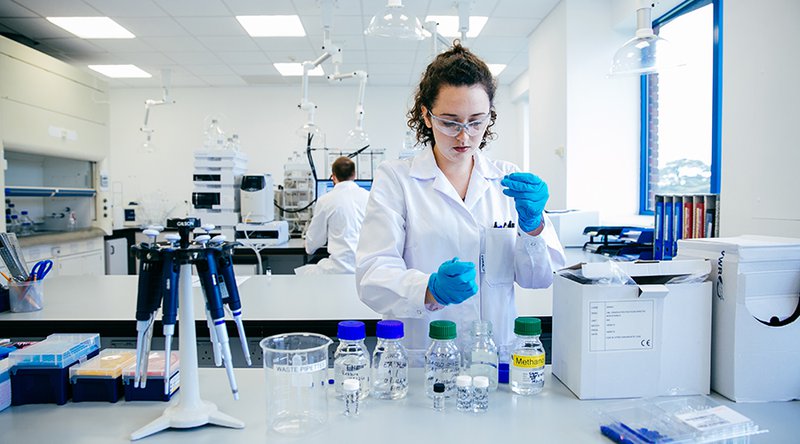The first human bone marrow transfusion was given to a patient with aplastic anaemia in 1939. By 1969 a clinical trial in Seattle successfully used allogeneic hematopoietic stem cell transplants from human leukocyte antigen (HLA) matched donors for the first time (Henig and Zuckerman 2014).
A decade later, this same technique was improved to achieve a cure rate of 50% in Acute Myeloid Leukemia patients in first remission (patients presenting with better clinical condition and with normal hematologic values) (Thomas, Buckner et al. 1979). This early research pointed to the power of the immune or body’s cellular system in these early cases to eradicate or improve disease.
In 1990, this work led to E. Donnall Thomas winning a Nobel Prize for his discoveries in cell transplantation for treating human disease.
In recent years, cell transplants from a matching donor have been effective in treatments beyond blood cancers. By the end of the first decade of the 21st century, whole stem cell transplants were being performed for many diseases.
Whole stem cell transplant regenerative therapies are well-established treatments; they are often found to be limited, with inefficient targeting to damaged tissue, donor-recipient compatibility, and come with a variety of known risks, including graft rejection, graft versus host disease and potential tumour development. Micregen’s research is focused on the development of mesenchymal stem cell-derived secretomes, which it is hoped will reduce many of these complications associated with whole cell transplantation.

Micregen Chief Scientist’s pioneering discoveries in 1993 on stem cell secretomes showed their capability of slowing and/or reversing certain disease states, meaning that a secretome-based treatment may be able to enhance regeneration. A secretome treatment may offer a simpler and potentially safer treatment than the stem cells themselves.
This opened the door to a field of discoveries which use a cell-free approach.
Whilst the wider medical community continued to focus on transplanting whole mesenchymal stem cells, his research into stem cell secretomes progressed relatively undetected for several years.
Micregen’s research and development team focused on identifying the repairing factors and optimising secretome production from stem cells. Allogeneic stem cell secretomes are being developed in our laboratories as regenerative cell-free products, which we call Secretomix®.
In so doing, the risks seen in whole-cell treatments have been reduced and, in some cases, eliminated (Camussi, Deregibus et al. 2013, Pinho, Cibrão et al. 2020).
Secretomix® is a multi-component biologic which acts to enhance multiple aspects of regeneration appropriate to many hallmarks of ageing. Micregen’s leading therapeutic candidate includes over 2,000 components – 450+ miRNA, Extracellular vesicles (EVs) including Exosomes, Cytokines, Anti-inflammatory Factors and Proteins, including Growth Factors.
The EV component of Micregen’s product is able to access many areas of the body to facilitate repair and regeneration. Interestingly, certain EVs have been shown to cross the Blood Brain Barrier, providing the potential to treat certain neurological diseases (Ramos-Zaldívar, Polakovicova et al. 2022).
Improved understanding of these mechanisms and optimising these effects in pre-clinical models allow earlier and more effective clinical therapies using non-autologous stem cell-derived cell-free therapeutics for a variety of routes of administration.
In addition, the clinical use of differentiated or undifferentiated stem cell secretomes provides an attractive, less invasive, safer alternative (minimising neoplasia, reducing immunological risks) to many whole mesenchymal stem cell treatments.
